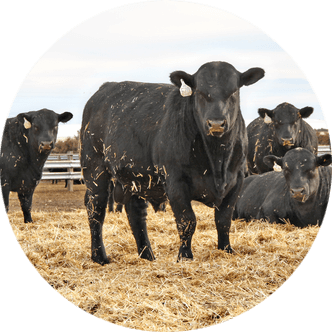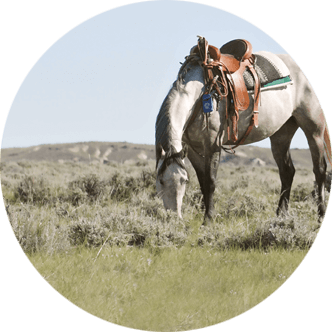An Open Letter Regarding Beef
On Oct. 22, in an interview with Ron Hays at the Oklahoma Farm Report, he asked me what I would share with the president of the U.S. about the business if he were on the other line. What a great question.
What follows is an open letter in an attempt to do just that and cut through all the noise.
Dear President Trump and Secretary Rollins,
During the past week, the beef industry has received an unprecedented amount of attention from mainstream media. The rhetoric distracts from what’s really occurring in the business.
As such, it seems useful to review some of the underlying fundamentals.
Price
Some context to frame the issue is especially important. Much of the attention and ensuing discussion around the issue is unnecessarily incendiary.
Inflation-adjusted retail beef prices – the measure that really matters – are up only around 8.5 percent from 2015.
In comparison, real retail prices jumped 32 percent between 2010-15.
Perhaps most importantly, beef spending as a percentage of disposable income remains essentially unchanged over time.
Supply
Despite a lot of claims to the contrary, higher prices are not being driven by reduced supply. Several items are significant here.
As a reference, domestic beef production bottomed out in 2015 at around 23.8 billion pounds.
Beef production set a new record in 2022, and this year’s throughput will likely eclipse the 2015 low by more than 11 percent.
Many pundits are blaming higher retail prices on declining beef cow inventory, but this doesn’t translate to beef production because it doesn’t account for the industry’s perpetual gains in productivity.
The beef industry continues to produce more beef with fewer cows over time.
Per capita supply in 2025 will likely finish the year at 60-plus pounds – the highest level since 2009 – and 11 percent bigger versus the 2015 low.
At the margin, the expanded Argentinian tariff rate quota will likely displace some products imported from other countries, but even if it were all absorbed into the U.S., it would increase total beef supply by less than 0.5 percent – or about five ounces person – call it one hamburger.
This is not going to move the needle.
Demand
This is by far the most important dynamic occurring in 2025.
Meat shoppers are chasing quality and increasingly turning to beef. Monthly retail sales data consistently reveal beef to be the outperformer in 2025, garnering about 75 percent of every dollar of new spending.
This is occurring in the face of growing supply from competitors – especially chicken. That is, if
consumers were hesitant about price, they have many opportunities to make substitutionary purchases.
Kansas State University’s Monthly Meat Demand Monitor (MDM) continues to reveal among 12 key purchasing attributes, taste is the single most important factor for consumers when making buying decisions. This inherently favors beef and explains the dynamic detailed above.
Some factions in the industry continue to promote the idea of country of origin labeling (COOL) as a demand differentiator among consumers and a potential driver to lower retail prices. This is flawed thinking.
Origin consistently ranks last, or next-to-last, among MDM’s 12 attributes. Moreover, it’s expensive. Tightening supplies helped drive the inflationary surge mentioned above from 2010-15. However, COOL was in the background, throwing gas on the fire.
During the past 40 years, the beef industry has worked tirelessly to improve the quality and consistency of its product, and as alluded to above, greater efficiency and productivity have also been key priorities.
Consumers are benefitting from these efforts. They have ready access to more high-quality beef products at a better price and value relationship than ever.
It hasn’t always been like this. The beef industry’s turnaround story is worthy of being studied in every business school. There’s no other like it. It’s a testament to American innovation and can-do spirit.
The lesson is straightforward – success is wholly attributable to the power of free enterprise. Therefore, as it pertains to the current discussion, less is more. Doing nothing, like letting the free market work, is always better than something, like government intervention.
Nevil Speer works as an industry consultant based in Bowling Green, Ky. This article was originally published by BEEF Magazine on Oct. 27.





